SUMMARY
This is AI generated summarization, which may have errors. For context, always refer to the full article.
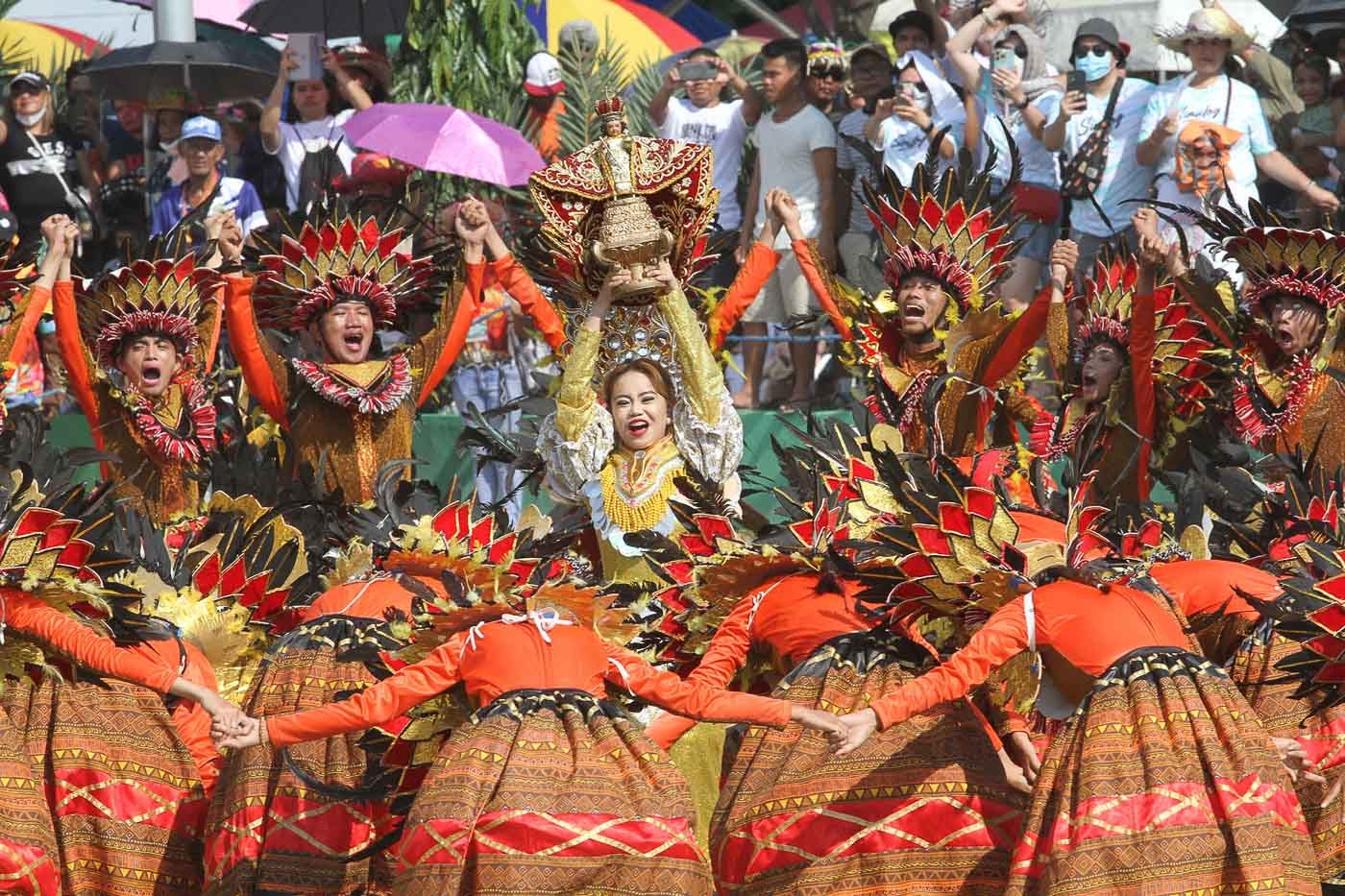
MANILA, Philippines – The origins of Filipino fiestas are shrouded in mystery. Versions of origins and traditions have been mixed over time, veiling their true history.
What myths and stories have been shared about the origins of fiestas, and which ones have been generally agreed upon as fact?
The Ati-Atihan festival
There are two versions of the origins of Panay island’s Ati-Atihan.
The first is the visit of 10 Bornean datus, led by a Datu Puti, by boat, arriving in Panay around the 13th century.
These datus supposedly interacted with the indigenous Ati led by the chieftain Marikudo and his wife Maniwantiwan. The datus traded a golden salakot and other jewelry in exchange for land that the Ati inhabited.
The Ati people struggled with famine due to a bad harvest. The datus provided food for them and in exchange, they danced and sang in gratitude.
The festival, literally translating to “imitate the Ati people,” was supposedly a recreation of the celebrating Atis.
This version has already been categorized as a myth, mainly due to Atis at the time being nomadic in nature, with no concept of a permanent residence needed for organized agriculture.
The second version, written by a certain Fr. Jose Iturralde, claimed that an unnamed fisherman from Ibajay, Aklan in the 1700s had caught a piece of wood that turned out to be a carving of a child.
The carving had given the fisherman and his family blessings, and following a priest’s advice, placed in the church. It however kept returning to the fisherman’s house.
Seeing this as an interpretation of repentance, they blackened their faces and dressed in rags. The carving has since never left the church.
Later on, a certain Fr. Fernando de Legaspi wanted to witness the festival in Ibajay but was caught by pirate Moros on the way. He was eventually freed and wanted to recreate the festival in Malinao, also in Aklan.
The festival was likewise held in Kalibo when Legaspi was assigned there. According to Iturralde’s account, a testament was signed by Legaspi, along with businessmen and government officials in Kalibo on June 11, 1871, recognizing the annual Kalibo Ati-Atihan festival.
The Black Nazarene
There are multiple accounts of the origins of the Nazarene. In the past, people believed that the Nazarene got its darkened skin due to being burnt during its voyage to the Philippines, or due to the candle soot that was beneath it. This was already debunked, as the figure was made from mesquite, a type of dark wood similar to the local kamagong.
It’s also commonly believed that the image arrived in the Philippines from Mexico in 1606, along with the first voyage of the Augustinians to the country.
But according to anthropologist Fernando Zialcita in an interview with Lifestyle.Inq, he has yet to see documents that mention the exact date of the arrival of the Nazarene.
It had definitely arrived sometime in the 17th century, as records show the recognition of the Confraternity of the Most Holy Jesus Nazarene by Pope Innocent X in 1650.
According to the website of Quiapo church, Manila Archbishop Basilio Sancho de Santas Justa y Rufina ordered the transfer of the image from its original location (in Bagumbayan) to the Quiapo church itself in 1767. The modern translacion retraces this journey annually.
The original icon was destroyed during World War II. But the Augustinians, concerned about the wear and tear from the growing number of devotees, gave the Quiapo church a replica in the 1767 transfer. Then in the 1990s, a replica of the replica was commissioned to preserve the older copy. The task was undertaken by santero Gener Maglaqui, according to an Esquire article.
The Nazarene paraded during the traslacion is a combination of the “original” replica body and the second replica’s head, while the one enshrined in the church is the second replica body with the “original” head.
The Sinulog festival
The Sinulog’s current form is owed to the popularity of the Ati-Atihan festival when parades began to be organized by David Odilao Jr. in 1980.
Its origins go further back when newly-christened Rajah Humabon and his wife Hara Amihan were gifted the image of the child Jesus around 500 years ago.
What is often contested is the origin of the dance or sinug, where multiple versions of the same legend appear. The first is from Humabon’s adviser (some say jester) Baladhay.
When Baladhay fell ill, he was sent to rest in a room where the child Jesus was enshrined. Another account says that Hara Amihan (some accounts write Queen Juana, a Hispanic version of her name) placed the image where he was resting.
After a while, they found Baladhay up and dancing, in a back-and-forth movement that we now recognize as the sinug. Others added that he was battling the image, as it had tickled him with a coconut midrib.
Then-UP Cebu professor Madrileña dela Cerna wrote in a Cebu Daily News opinion article that the sinug was originally an ancient ritual that had survived Spanish colonialization.
Cebuano dance researcher Caesar Nimor also clarified the difference between Sinulog and sinug, with Sinulog being the modern version of the traditional sinug dance.
It was through Estilita “Nang Titang” Diola that the sinug dance was popularized and used during the festivities, though she was not the one who “invented” it.
According to a Freeman article on Diola, she learned the dance from her father Turang and was the one who imparted the knowledge of the steps when the festival was organized in 1980.
Myths and legends will continue to pervade fiestas, not because people no longer seek their real origins, but because they are ways through which devotion and wonder are strengthened and take inspiration from. – Rappler.com
Add a comment
How does this make you feel?
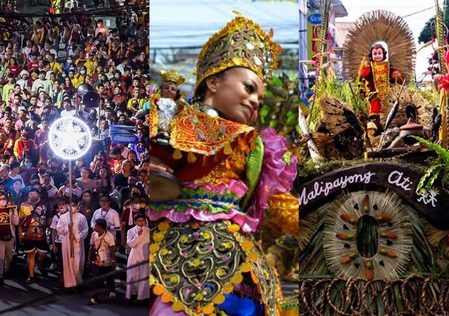
![[The Wide Shot] Peace be with China](https://www.rappler.com/tachyon/2024/07/wideshot-wps-catholic-church.jpg?resize=257%2C257&crop=311px%2C0px%2C720px%2C720px)
![[OPINION] A critique of the CBCP pastoral statement on divorce](https://www.rappler.com/tachyon/2024/07/TL-cbcp-divorce-statement-july-19-2024.jpg?resize=257%2C257&crop=285px%2C0px%2C722px%2C720px)
![[REFLECTION] Mary, Mother of the West Philippine Sea](https://www.rappler.com/tachyon/2024/07/may-mother-west-ph-sea-july-19-2024.jpg?resize=257%2C257&crop=293px%2C0px%2C751px%2C750px)
![[OPINION] Ignorance and prejudice](https://www.rappler.com/tachyon/2024/07/tl-ignorance-and-prejujdice.jpg?resize=257%2C257&crop_strategy=attention)

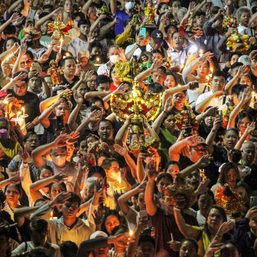


![[WATCH] Traslacion 2024: A sea of people and burning devotion](https://www.rappler.com/tachyon/2024/01/traslacion-dungaw-feast-black-nazarene-january-9-2024-006-scaled.jpg?resize=257%2C257&crop_strategy=attention)


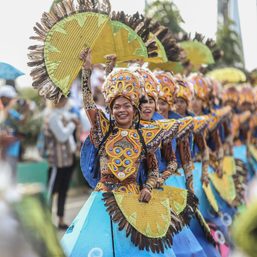

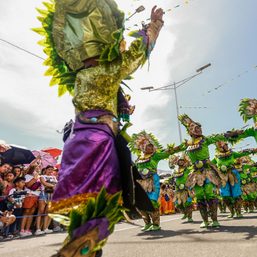
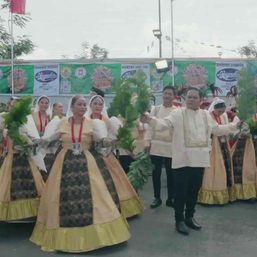
There are no comments yet. Add your comment to start the conversation.